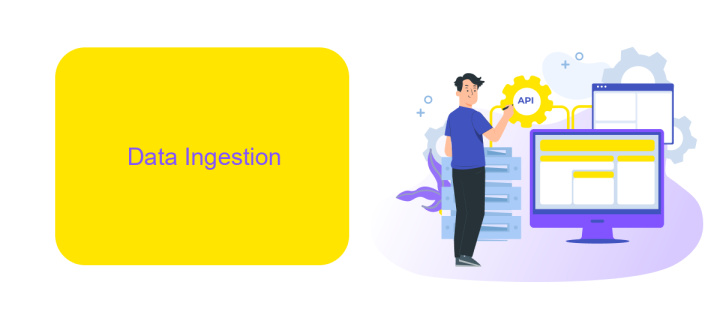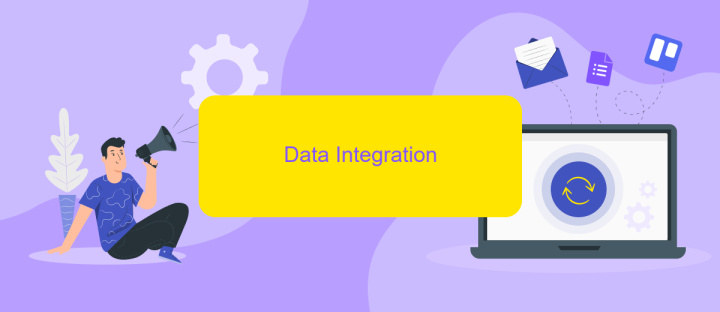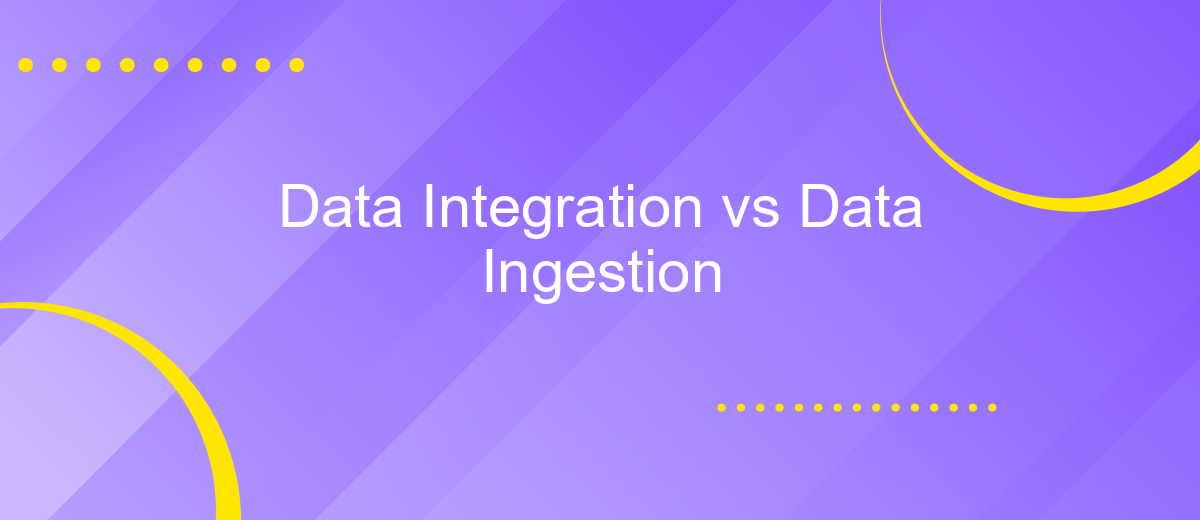Data Integration vs Data Ingestion
In the ever-evolving landscape of data management, understanding the nuances between data integration and data ingestion is crucial for optimizing business processes. While data ingestion focuses on the initial collection and transfer of raw data from various sources, data integration involves harmonizing and combining this data to provide meaningful insights. This article delves into the key differences, benefits, and use cases of both processes.
Introduction
Data integration and data ingestion are fundamental concepts in the realm of data management, each playing a crucial role in how organizations handle their data. While often used interchangeably, these terms refer to distinct processes with unique objectives and methodologies.
- Data Ingestion: This is the process of collecting and importing data from various sources into a storage system for further processing and analysis.
- Data Integration: This involves combining data from different sources to provide a unified view, ensuring consistency and accessibility across the organization.
Understanding the differences between data ingestion and data integration is essential for effective data strategy. Tools like ApiX-Drive simplify these processes by offering automated solutions for data ingestion and seamless integration capabilities. By leveraging such services, businesses can streamline their data workflows, enhance data quality, and make more informed decisions.
Data Ingestion

Data ingestion is the process of collecting and importing data for immediate use or storage in a database. It involves taking data from various sources, such as databases, APIs, or real-time streams, and loading it into a centralized system where it can be processed and analyzed. This process is crucial for organizations that need to handle large volumes of data efficiently and ensure that the data is available for decision-making processes in real-time.
One of the key aspects of data ingestion is the ability to handle diverse data formats and sources. Tools like ApiX-Drive facilitate this process by allowing users to set up integrations with multiple data sources seamlessly. ApiX-Drive automates the data ingestion process, reducing the need for manual intervention and ensuring that data is consistently and accurately ingested. By leveraging such tools, businesses can streamline their data workflows, improve data quality, and accelerate the time to insights.
Data Integration

Data integration is a crucial process that involves combining data from different sources into a unified view. This enables organizations to make better-informed decisions by ensuring that all relevant data is available in a single location. Effective data integration helps in minimizing data silos, reducing redundancy, and improving data quality and consistency.
- Extracting data from various sources, such as databases, cloud services, and applications.
- Transforming the data into a consistent format that can be easily analyzed and used.
- Loading the transformed data into a centralized repository, like a data warehouse or data lake.
Modern tools like ApiX-Drive facilitate seamless data integration by automating the process of connecting different data sources. These tools offer a user-friendly interface and pre-built connectors, making it easier for businesses to integrate data without extensive technical expertise. By leveraging such services, organizations can ensure timely and accurate data integration, leading to more effective data-driven strategies.
Key Differences

Data integration and data ingestion are crucial components in the data management ecosystem, yet they serve distinct purposes. Data ingestion is the process of collecting and importing data for immediate use or storage in a database, whereas data integration involves combining data from different sources into a unified view.
The primary goal of data ingestion is to ensure that data is available for processing, analysis, or storage as quickly as possible. In contrast, data integration focuses on ensuring that data from various sources is harmonized, cleaned, and made consistent for comprehensive analysis.
- Purpose: Data ingestion is about data collection; data integration is about data unification.
- Complexity: Data ingestion is generally simpler and faster; data integration requires complex transformation and cleaning.
- Tools: Data ingestion tools include Apache Kafka and Flume; data integration tools include platforms like ApiX-Drive, which streamline integration processes.
- Outcome: Data ingestion results in raw data storage; data integration results in a consolidated, analyzable dataset.
Understanding these key differences helps organizations choose the right approach and tools for their data management needs. For instance, ApiX-Drive offers a robust solution for data integration, ensuring seamless and efficient unification of data from multiple sources.
- Automate the work of an online store or landing
- Empower through integration
- Don't spend money on programmers and integrators
- Save time by automating routine tasks
Conclusion
In conclusion, while data ingestion and data integration are often used interchangeably, they serve distinct purposes within the data management ecosystem. Data ingestion focuses on the initial phase of collecting and importing data from various sources into a storage system. On the other hand, data integration is a more complex process that involves combining data from different sources, ensuring consistency, and making it accessible for analysis and decision-making. Both processes are essential for a comprehensive data strategy, but they address different needs and challenges.
For businesses looking to streamline their data workflows, leveraging tools like ApiX-Drive can be highly beneficial. ApiX-Drive simplifies the process of integrating various applications and services, ensuring seamless data flow across platforms. By automating data integration tasks, companies can save time, reduce errors, and focus on extracting valuable insights from their data. Ultimately, understanding the differences between data ingestion and data integration allows organizations to implement more effective data management strategies, thereby driving better business outcomes.
FAQ
What is the difference between data integration and data ingestion?
Why is data integration important for businesses?
Can data ingestion be automated?
What are some common challenges in data integration?
How can businesses simplify the process of data integration?
Apix-Drive is a universal tool that will quickly streamline any workflow, freeing you from routine and possible financial losses. Try ApiX-Drive in action and see how useful it is for you personally. In the meantime, when you are setting up connections between systems, think about where you are investing your free time, because now you will have much more of it.


